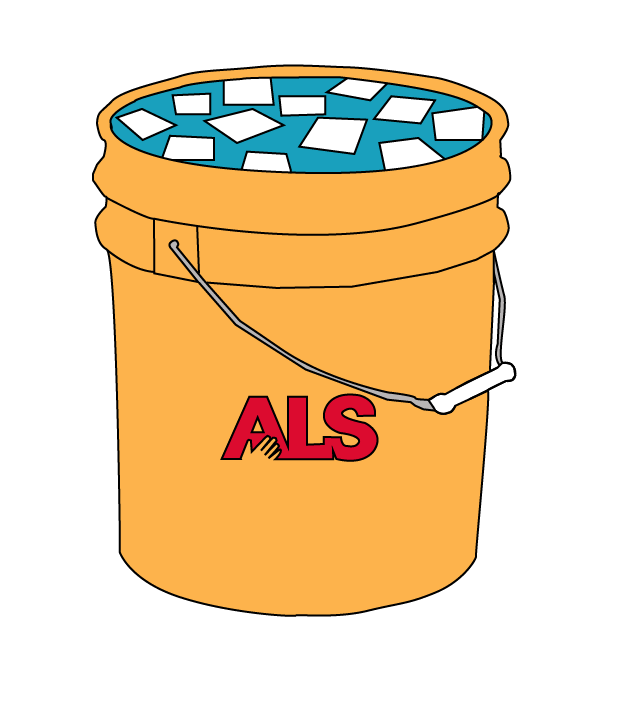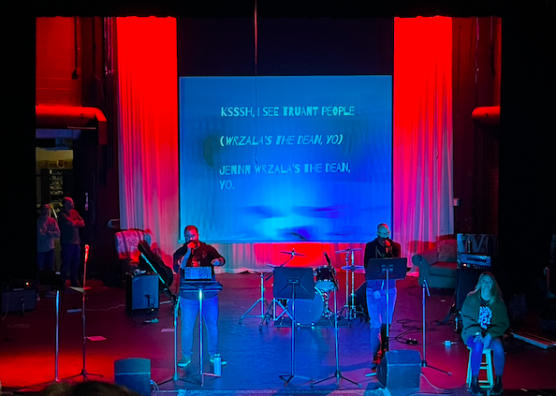Social media revolutionizes charity campaigning
October 2, 2014
Every October, the NFL goes pink to raise awareness for breast cancer—pink balloons soar in the air and cancer survivors and supporters are clad head to toe in pink. Most people connect the color pink with breast cancer charities, and it is practically expected that football players wear pink socks and gloves to October games. The most effective aspect of this campaign is the media coverage that it attracts for the cause itself.
On the other end of the spectrum, Lou Gehrig’s disease (also known as ALS) affects a substantially smaller amount of the population and flew under the radar of health corporations and most Americans until recently. It is no secret this summer’s ALS Ice Bucket Challenge is the reason behind the disease’s ubiquitous notoriety. In a month, from July 29 to Aug. 27, the ALS Association raised $94.1 million and gained 2.1 million new donors, according to alsa.org.
The money that the ALS association collected is matched only by #IceBucketChallenge’s Twitter, Facebook and Youtube following—according to Time magazine, Facebook had 2.4 million Ice Bucket Challenge videos by Aug. 18.
Sophomore Jackson Hirsch has familial connections to ALS, and participated in the challenge this summer.
“It’s very cool to see that lots of my friends now know about ALS,” Hirsch said. “I think that for sure more friends participated in ALS, mostly because of the massive social media campaign that the ALS Association led.”
The formula for successful fundraising has evolved to include the power of social media and viral videos. This year, several other charities were able to take advantage of social media including the Avon Walk for Breast Cancer and the UNICEF: Force for Change campaign.
UNICEF partnered with Disney to offer rewards and prizes in exchange for online donations to UNICEF. the grand prize was a role in the upcoming Star Wars Episode VII. The promise of a small movie deal in a decade-long science fiction fandom spread throughout 125 countries, and $4.26 million was raised for UNICEF, according to thewaltdisneycompany.com.
Since 2003, 192,000 participants walked the 39.3 mile course at an Avon Walk event. The Avon Walk, similar to the ALS Ice Bucket Challenge, encourages individuals to ask their friends and families to donate as well. In fact, the Avon Walk model provides individuals with kits to start up community walk groups and fundraise in their area. This local fundraising model is typical of charity organizations but Avon’s move towards social media exposure reflects a changing trend.
The Avon Walk Foundation hosts a blog sharing stories of survivors and walkers along with encouraging campaigners to “be sure to use your Facebook, Twitter and any other social networking communities you are on to help get support for your Avon Walk.”
While donations ultimately fall on the altruism of the donor, the burden of creating interesting and trending campaign ideas has fallen on the charities. Few other charities have raised money comparable to the ALS Ice Bucket Challenge, but Hirsch predicts a popular movement towards more accessible and successful charity campaigns.
“Not only can Avon take up ALS’s technique, they can also find new things that they can do to bring more people into their charities,” Hirsch said.




